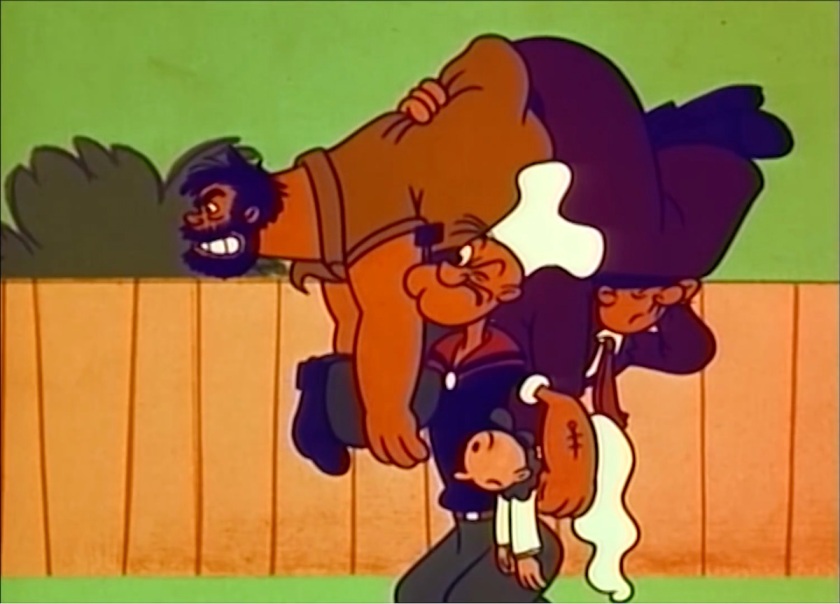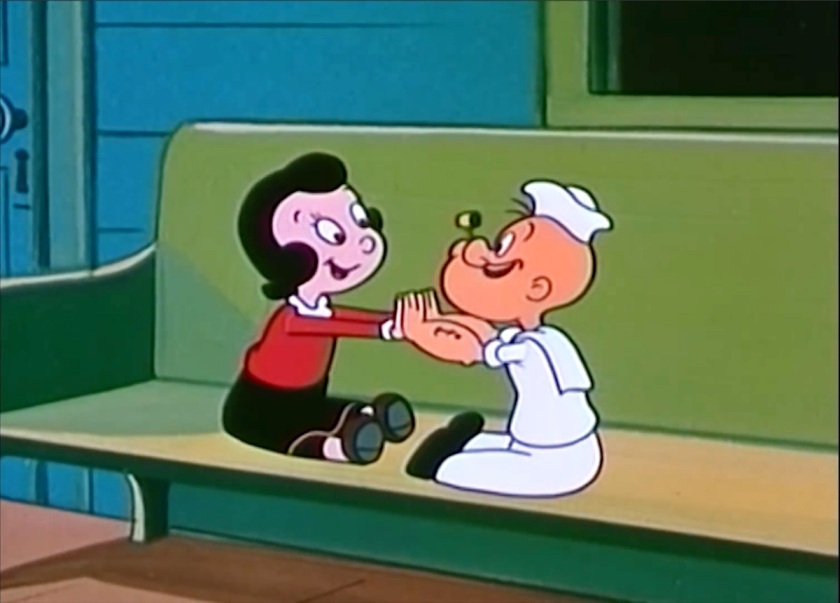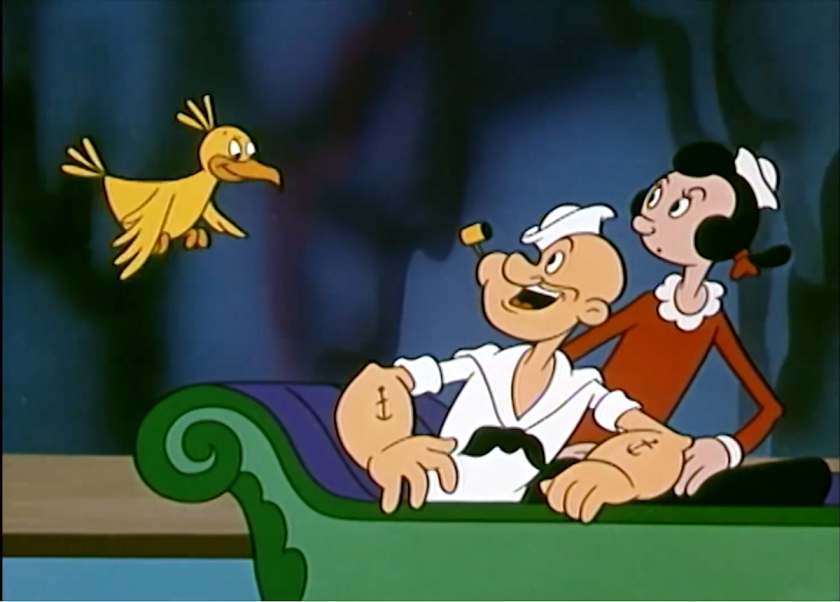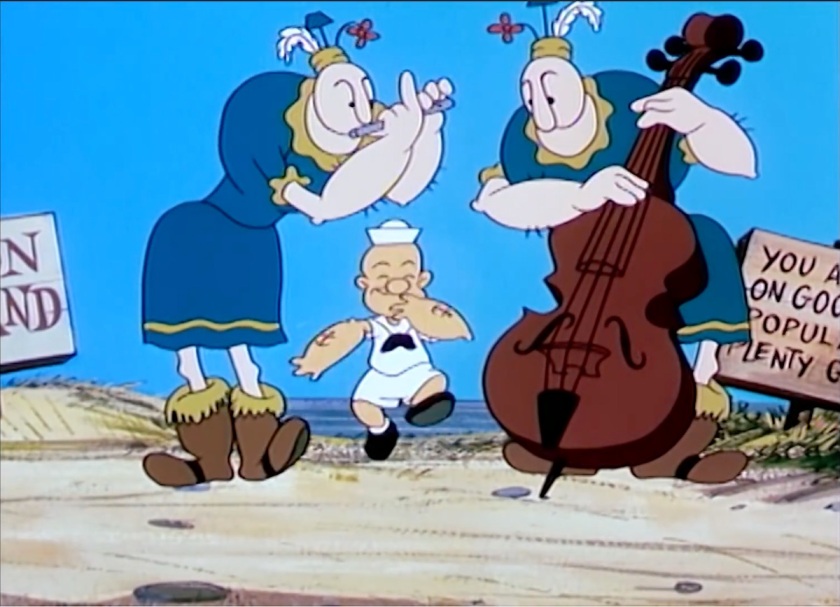Hi. So. I need to make life a little easier on myself right now. To that end, I want to share a bit of a Mystery Science Theater 3000 fanfiction I’ve been working on for just about forever. It’s riffing based on one of the children’s animal-adventure books written by Arthur Scott Bailey back in the 1910s. In it, Bailey attempts to answer the question, “Can you write a children’s animal-adventure book without liking your protagonist in even the tiniest little bit?” In this case the protagonist is a raccoon, named Fatty, and boy isn’t that great reading? But I’ve gotten about half of the book riffed.
The first five chapters of this I’ve actually shared already. But that was also, like, four years ago. I don’t want to send people plunging deep into the archives for that. So I’m going to use those already-riffed chapters as Thursday pieces for a couple weeks, and then go into about five new chapters, and then? We’ll see. So, now, here, please enjoy what I do have.
A MiSTing, as this is, is a Usenet-bred form of fan fiction. The original material gets to present itself, with > marks to denote the original author. The riffing then gets inserted, play-direction style. The first five chapters even have an opening and a closing sketch. I don’t know if I’ll have a similar framing for the second five chapters.
Take care, please, of yourselves and each other.
[ SEASON TEN opening. ]
[ 1… 2… 3… 4… 5… 6… ]
[ SATELLITE OF LOVE. TOM is reading a newspaper and chuckling as MIKE and CROW enter. ]
TOM: Hee heee!
MIKE: What’s up there, Thomas?
CROW: He finally noticed they print the ‘Jumble’ answers upside-down.
TOM: I’m now a happy subscriber to the Ironic Comics page.
[ MIKE takes the paper from TOM’s hands. CROW peeks at a corner, letting the paper flap over his beak. ]
TOM: ‘Beetle Bailey’ as Wagnerian opera! Fred Basset portrayed by a very long duck! ‘The Lockhorns’ with neither lock nor horn!
MIKE: Hey, I like this Clip-Art ‘Cathy’. She married Irving Berlin.
CROW: Wait, this is just ‘Henry’. What’s ironic about that?
TOM: What’s *not* ironic about ‘Henry’?
[ MADS sign flashes. ]
MIKE: Ahp. Agatha Crumm is calling.
[ CASTLE FORRESTER. PEARL, PROFESSOR BOBO, and the OBSERVER are at a table. ]
OBSERVER: I love ‘For Better Or For Worse, And It Turns Out, Worse.’ [ To PEARL’s withering indifference. ] It puts at the end of every strip Anthony whining how ‘I have no home!’
PEARL: OK, Mark Trail. We’ve tried everything to break your spirits. We’ve tried bad movies.
BOBO: We’ve tried telephones!
PEARL: We’ve tried fan fiction.
OBSERVER: We’ve tried advertisements!
PEARL: We’ve tried the most Ruby-Spearsish Hanna-Barbera Christmas specials!
BOBO: I love that one with Goober and Gumdrop!
OBSERVER: Now let’s try … young-reader animal fantasy!
PEARL: Your experiment for today is the first five chapters of Arthur Scott Bailey’s 1915 piece of ouvre _The Tale of Fatty Coon_.
BOBO: See if you learn something special from all this adorable animal fantasy!
[ SATELLITE OF LOVE. MOVIE SIGN and general chaos. ]
MIKE: Oh, no! Animal fantasy!
TOM, CROW: AAAAGH!
[ 6… 5… 4… 3… 2… 1.. ]
[ THEATER. ALL file in. ]
> SLEEPY-TIME TALES
TOM: So … uh … good night?
> THE TALE OF FATTY COON
CROW: From Buster Keaton through learning there *is* such a thing as bad publicity.
> BY ARTHUR SCOTT BAILEY
TOM: o/` Arthur was born just a plain simple man o/`
> ILLUSTRATED BY HARRY L. SMITH
> NEW YORK
MIKE: Illustrated by Harry L Smith and the New York dancers!
>
> 1915
> I
>
> FATTY COON AT HOME
TOM: Just sitting around the home …
>
> Fatty Coon was so fat and round
CROW: Oh come *on*.
MIKE: Man, 1915 and they’re ahead of our lead joke.
> that he looked like a ball of
> fur, with a plumelike tail for a handle. But if you looked at him
> closely you would have seen a pair of very bright eyes watching you.
CROW: From the tail?
TOM: Raccoons can see very well through their handles.
>
> Fatty loved to eat.
CROW: And that’s all the personality he’ll need!
MIKE: Pretty much all the personality I have.
> Yes—he loved eating better than anything
> else in the world. That was what made him so fat.
TOM: ‘I’m getting ready to hibernate for winter!’
CROW: ‘It’s May.’
TOM: ‘I don’t want to get caught by surprise.’
> And that, too, was
> what led him into many adventures.
CROW: Like the adventure of Waffle House At 3 am.
MIKE: Taking his life and his maple syrup into his own paws.
>
> Close by a swamp, which lay down in the valley, between Blue
> Mountain and Swift River,
TOM: Burger King on the right and if you come to the old middle school you’ve gone too far.
> Fatty Coon lived with his mother and his
> brother and his two sisters.
CROW: And his mayonnaise.
> Among them all there was what grown
> people call "a strong family resemblance," which is the same thing as
> saying that they all looked very much alike.
TOM: What, because all raccoons look the same to you?
> The tail of each one of
> them—mother and children too—had six black rings around it. Each of
> them had a dark brown patch of fur across the face, like a mask.
MIKE: _Clonus: The Ranger Rick Project_.
> And—what do you think?—each of them, even Fatty and his brother and
> his sisters, had a stiff, white moustache!
CROW: This is getting near body shaming, Mister Arthur Scott Bailey.
>
> Of course, though they all looked so much alike, you would
> have known which was Mrs. Coon, for she was so much bigger than her
> children.
TOM: And she had that ISO 9000 consulting job for Lockheed.
> And you would have known which was Fatty—he was so much
> rounder than his brother and his sisters.
CROW: And he had a bear claw in his mouth.
MIKE: The pastry?
CROW: We’ll see.
>
> Mrs. Coon’s home was in the hollow branch of an old tree.
TOM: They were the first wave of gentrification moving in.
MIKE: Classic cycle. Starving artists, hipsters, raccoons, rents go up.
> It
> was a giant of a tree—a poplar close by a brook which ran into the
> swamp—and the branch which was Mrs. Coon’s home was as big as most
> tree-trunks are.
MIKE: Look, it’s a tree, all right? I’m Arthur Scott Bailey, I got bigger fish to fry than specifying poplar trees.
>
> Blackie was Fatty’s brother—for the mask on his face was just
> a little darker than the others’.
TOM: *Blackie* Coon?
MIKE: Oh dear Lord.
> Fluffy was one of Fatty’s sisters,
> because her fur was just a little fluffier than the other children’s.
TOM: *Fluffy* Coon?
CROW: When Andrew WK visits Anthrocon?
> And Cutey was the other sister’s name, because she was so quaint.
TOM: I feel like I need to apologize and I don’t even know who to.
>
> Now, Fatty Coon was forever looking around for something to
> eat.
MIKE: ‘Here’s a thing!’ (Gulp)
TOM: ‘That’s a vase!’
MIKE: Needs honey mustard.’
> He was never satisfied with what his mother brought home for him.
CROW: ‘Crawdads and berries *again*?’
MIKE: ‘No, this is berries and Crawdads.’
> No matter how big a dinner Mrs. Coon set before her family, as soon as
> he had finished eating his share Fatty would wipe his white moustache
> carefully—for all the world like some old gentleman—and hurry off in
> search of something more.
MIKE: ‘Fatty, that’s a rock.’
CROW: ‘That’s a rock with ranch dressing.’
>
> Sometimes he went to the edge of the brook and tried to catch
> fish by hooking them out of the water with his sharp claws.
TOM: ‘Best case scenario, I catch a snack. Worst case, I touch a goldfish. Either way, a win!’
> Sometimes
> he went over to the swamp and hunted for duck among the tall reeds.
CROW: ‘Hey, a little deep frying and these reeds would be good.’
> And though he did not yet know how to catch a duck, he could always
> capture a frog or two; and Fatty ate them as if he hadn’t had a
> mouthful of food for days.
MIKE: ‘If I eat enough frog maybe a duck will crawl into my mouth and see what’s going on!’
>
> To tell the truth, Fatty would eat almost anything he could
> get—nuts, cherries, wild grapes,
TOM: Boring, straight-laced actuary grapes.
> blackberries, bugs, small snakes,
CROW: Large but depressed snakes.
> fish, chickens,
MIKE: Buckets of fried dough.
> honey—there was no end to the different kinds of food
> he liked.
TOM: I believe you, sugar.
> He ate everything. And he always wanted more.
MIKE: Thing is it’s fun cooking for someone who likes eating so much.
>
> "Is this all there is?" Fatty Coon asked his mother one day.
TOM: Well, you could merge with Ilia and Captain Decker maybe?
> He had gobbled up every bit of the nice fish that Mrs. Coon had
> brought home for him. It was gone in no time at all.
CROW: ‘Well, you could try the less-nice or the morally ambiguous fish.’
>
> Mrs. Coon sighed. She had heard that question so many times;
> and she wished that for once Fatty might have all the dinner he
> wanted.
MIKE: ‘Fatty, you’re a sphere.’
CROW: ‘And I could be a hypersphere, Mom!!’
>
> "Yes—that’s all," she said, "and I should think that it was
> enough for a young coon like you."
>
> Fatty said nothing more. He wiped his moustache on the back of
> his hand (I hope you’ll never do that!)
TOM: You eating raw frogs, though, Arthur Scott Bailey’s cool with.
> and without another word
MIKE: Really, what else was there to say?
> he started off to see what he could find to eat.
CROW: ‘This is delicious!’
MIKE: ‘This is an ironing board!’
CROW: ‘With marshmallows!’
[ To Continue ]


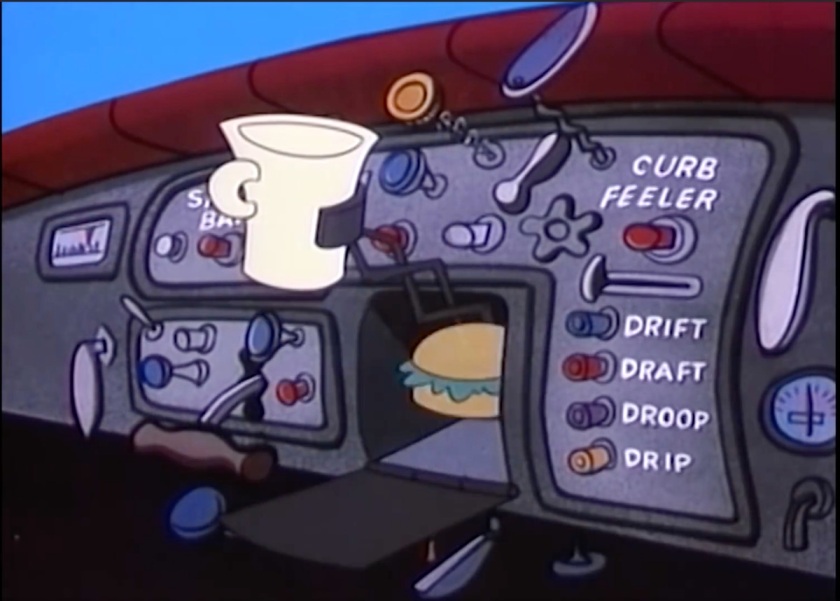
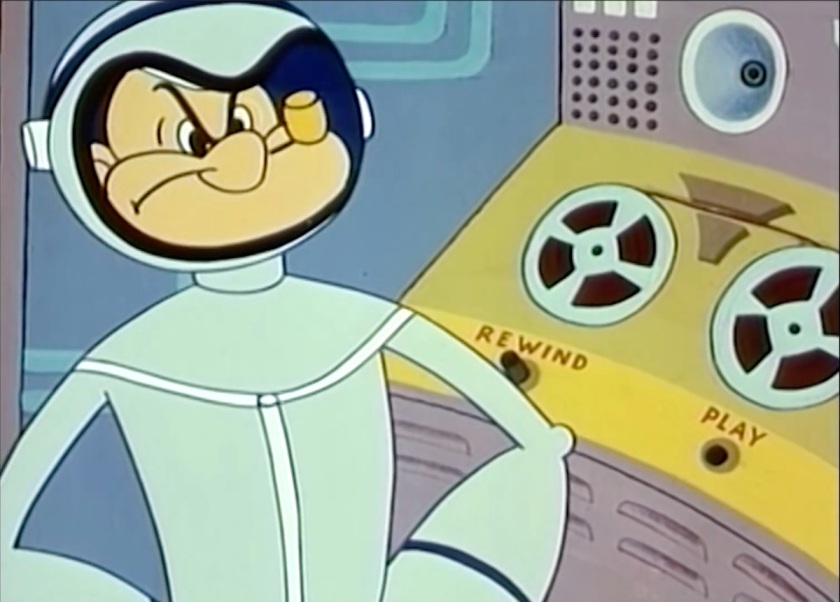


![In a dark alley Vin says, 'Tommy boy, if we weren't old friends I wouldn't be sharing! We can party together just like old times! And boy, you need it! You look like hell! What's going on with you?' Tommy: 'Nothing, man. Just girl trouble.' Vin, offering a crack pipe: 'This will take the edge off your pain ... ' Tommy stares at it, rather like a figure in a 50s horror comic contemplating drugs, thinking, 'The pain ... is strong ... but ... [ as Brandy walks by, witnessing but not understanding the scene ] ... so am I.'](https://nebushumor.files.wordpress.com/2020/11/mary-worth_karen-moy-june-brigman_25-october-2020.jpg?w=840&h=591)
![[ Tommy wraps up his visit with Mary ... ] Mary Worth: 'As much as I don't want you to give up on love, there's so much more to life than relationships. Be proud of how far you've come. Love yourself and your life, and everything will fall into place.'](https://nebushumor.files.wordpress.com/2020/11/mary-worth_karen-moy-june-brigman_16-november-2020.jpg?w=840&h=246)
